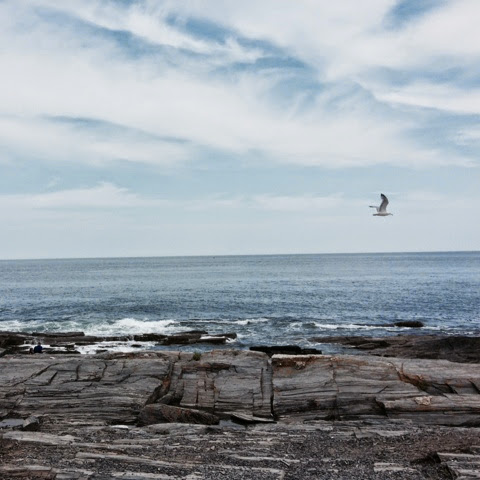How do you stay in shape during the off-season?
I stay in shape during off season by combining rest, active rest and cross training. Depending on the amount of time I have off, I will do completely nothing to give my body and mind a break. Then I will simply begin going to the gym and doing small workouts, to then taking class 3x a week to build back strength, stamina, keep my technique up to par. Getting monthly massages keeps my body relaxed as well.
What is your favorite method of cross-training?
There are many things I do to cross train including swimming, and Pilates. I really love doing small workouts based on core strength and cardio. But Pilates with Former AAADT member Serita Allen makes it amazing.
Do you have any pre-performance or post-performance health routines you'd like to share?
Do you have any pre-performance or post-performance health routines you'd like to share?
Other than class before a show. After a show is where I really want my body to recover. I would always carry lavender or eucalyptus Epson salt with me on tour, and would take baths when I got to the hotel. Most dancers would go out for drinks after a show but I would typically run to the hotel and try to get in the jacuzzi or sauna to heal my muscles and relax.
What is the best advice you've ever gotten on staying healthy as a dancer?
What is the best advice you've ever gotten on staying healthy as a dancer?
The best advice I received on staying healthy was "listen to you body". As dancers, our body is our instrument and it's important to simply respond to it. Eat until you are full, stay hydrated, rest if something hurts, get enough sleep. I'm also strong on finding natural ways to help or heal the bodies through food, meditation and having a balanced life. It's essential for a long healthy career.
Is there anything that you learned or anything that differed from your expectations since making the transition from student to professional?
Is there anything that you learned or anything that differed from your expectations since making the transition from student to professional?
Going from student to professional, you learn to become a better performer. It becomes more about "expressing" yourself and what Desmond Richardson told me was to "find your brand". You start to hone in on how you like to move, why you move, and translating the choreographers language. You also learn there is a company for everyone is patience is key. When taking class among students, I notice they are still focused on steps and combinations. The professional dancers do the same but they perform as well. I try to pretend that the studio is a stage with an audience watching and every moment counts. It helps in auditions too since companies are looking for performers.
Thank you very much for your words, Daphne!
Photos by JReid Photo and Kristina Zaidner Photography.









